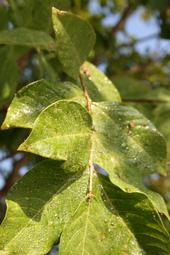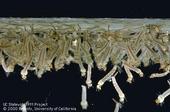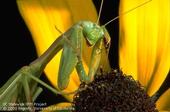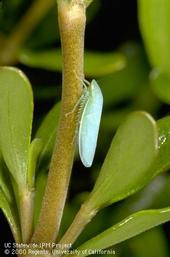
Are you seeing cars, sidewalks, driveways, or other plants covered in sticky stuff, especially those under trees? This sticky substance, called honeydew, is produced by certain insects that excrete it when they feed on plants. Plant leaves look shiny and honeydew may be so thick that it drips off the leaves onto the ground or other plants underneath. And in some cases, a black, powdery fungus called sooty mold grows on it, causing the plant's leaves to look dirty.
We've written about quite a few of the insects that produce honeydew in our blog, so here is a list of the possible culprits that may be causing the mess this time of year:
Aphids
The hackberry woolly aphid is a major pest on

When you hear the term “pesticide,” what comes to mind? Do you understand what pesticides are and, more importantly, how to use them correctly?
A pesticide is any material (natural or synthetic) used to control, prevent, kill, suppress, or repel pests. “Pesticide” is a broad term that includes insecticides, herbicides (weed or plant killers), algaecides (algae and moss), fungicides (plant diseases), rodenticides, miticides (mite control), and molluscicides (snails and slugs). Even antimicrobial products (such as bleach and sanitary wipes) that kill bacteria on surfaces and chlorine added to pools are pesticides. If a product has a U.S. Enviromental Protection Agency (EPA) Registration Number on...
- Author: Karey Windbiel-Rojas

This article was written for the UC IPM Retail Nursery and Garden Center News, a publication directed at retail nursery store employees. With the recent confirmed human West Nile virus deaths in California, it's important to understand how mosquitoes reproduce and what you can do to prevent them around your home or other areas.
------
You've likely heard about ways to get rid of mosquito breeding sites around your home and landscape, as well as how to protect yourself from being bitten. But what should you do if you own or work at a...

Praying mantids are well-known predators we often see lurking around gardens, landscapes, and sometimes near porch lights, waiting for a tasty meal to arrive.
Praying mantid adults are 2 to 4 inches (5-10 cm) long and are usually yellowish, green, or brown. Mantids (often referred to as praying mantis) go through incomplete metamorphosis (egg, nymph, adult) and have one generation per year. Overwintering eggs are laid in groups in hard, grayish egg cases which are glued to wood, bark, or other plant material. Adults and immatures (nymphs) have an elongated thorax and grasping forelegs, which they have the...

You may see leafhoppers in your garden or landscape this time of year as they hop about feeding on a variety of plants. You can distinguish these small, wedge-shaped insects from other pests by their tendency to quickly jump or crawl rapidly sideways when disturbed.
Leafhoppers are sucking insects that insert their mouthparts into plants and suck out plant juices and cell contents. Damage occurs during feeding, which typically results in leaves looking stippled (little white dots), bleached, pale, or brown, and plant shoots may curl and die. You may notice a sticky residue on the plants called honeydew, a waste product from when some species of leafhoppers feed. A fungus called sooty mold may grow on the honeydew, which can be...


